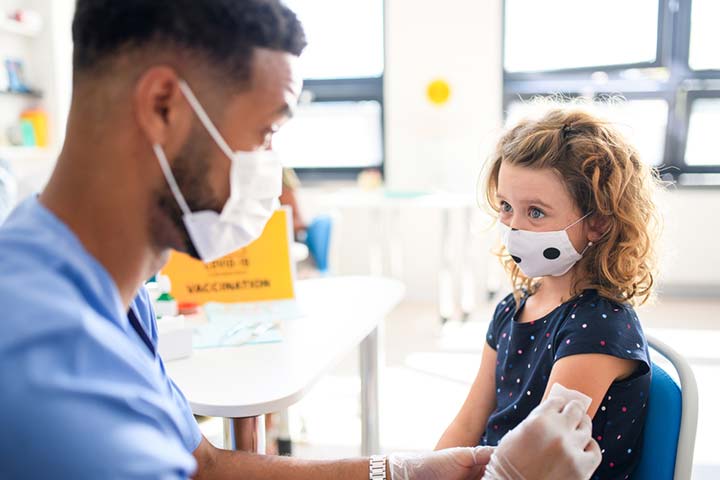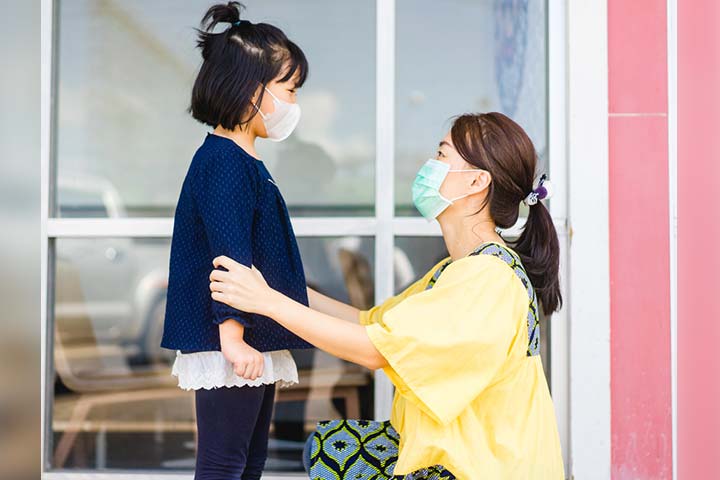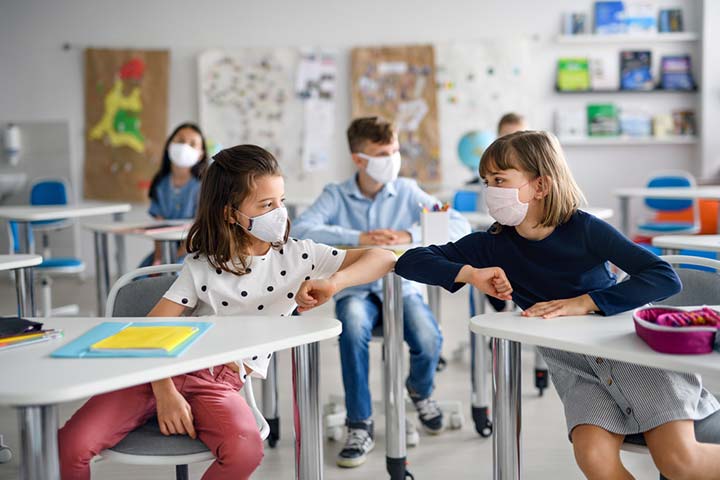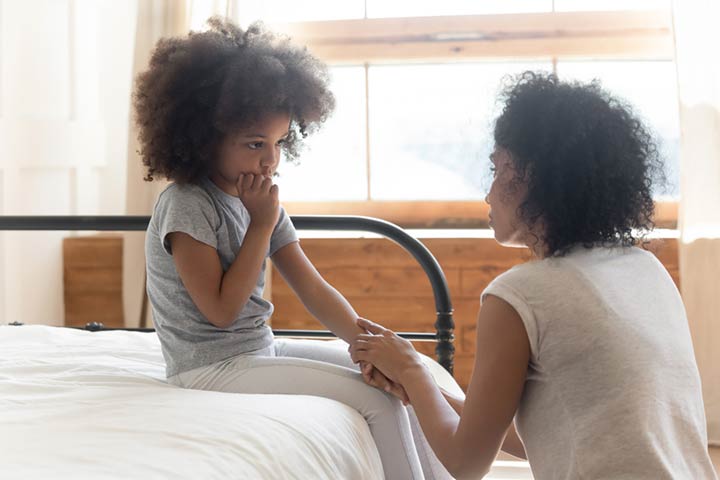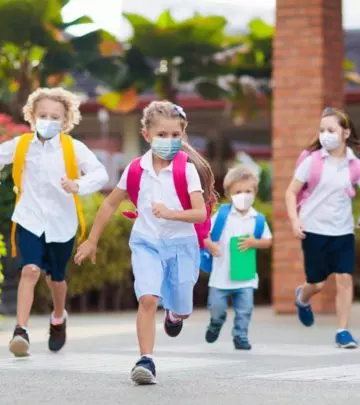
Image: Shutterstock
The American Academy of Pediatrics gave us some rather alarming news — the number of COVID-19 cases among children is at its highest ever since the pandemic. We knew right at the start that children and elders were mostly at risk. So, the news of the exponential growth of the number of children affected by COVID-19 is a cause for concern (1).
What could be triggering the rise in the number of cases among children? It is believed that schools have reopened, and children are going back to school for their offline classes. Most of these kids don’t always wear their masks, nor are they supervised at all times. According to the American Academy of Pediatrics, between the 5th of August and the 2nd of September, around 7,50,000 cases were reported, out of which fifteen percent were children. However, according to the most recent statistics, the number of COVID-19 cases among children comprises a whopping twenty-five percent (2).
One report by the Centers for Disease Control and Prevention states that in the United States of America, the number of unvaccinated teens was around ten times higher than teens who were vaccinated. Also, the report went on to say that children between the ages of twelve to seventeen and kids below the age of four were most likely to be hospitalized (3), (4).
Most of the cases were of the Delta variant, and while most children haven’t become dangerously ill so far, it doesn’t mean that there is no threat. We cannot discount the fact that thousands of children too have died in this pandemic. Instead, we need to take extra care to ensure that our children are out of harm’s way (5).
Back To School Safety Measures For Your Child
Sending your child to school in the middle of a pandemic is a scary thought. However, at some point, we all have to come to terms with the fact that this may be our new normal. If your child’s school is scheduled to reopen, or if it already has, then there are a few things you can do to make sure your child is safe:
1. Get Your Child Vaccinated
Most countries have rolled out vaccines for children between the ages of twelve to seventeen. India, for example, has it in the pipeline and this is scheduled for late October or early November. As of now, the United States of America has three vaccinations for kids that have been approved by the US Food and Drug Administration (6).
2. Make Your Child Aware
Children don’t know much of what’s going on, so you must educate them. Tell them that there is a pandemic, and there are chances that they, too, can get infected. Make sure they don’t panic, and to do this, you can teach them safety measures that could protect them. Tell them that each of us has a part to play in overcoming this situation, so we all have to be responsible.
3. Reinforce Safety Measures
You can’t go easy with the usual safety measures such as social distancing, washing hands regularly, and wearing masks, just because you are vaccinated. And the same holds true for your child too. In fact, it has been observed that the Delta variant seems to be spreading much more rapidly than the other variants, so that’s a serious reason to be more careful (7).
4. Check If The School Is Implementing Guidelines
The Centers for Disease Control and Prevention issued a few guidelines for schools that are scheduled to reopen. For your child to be safe at school, the institution, too, has to take a few measures from their end. Here are a few questions that you can ask them (8):
- Are all staff and teachers vaccinated?
- Is hand sanitizer readily available, and will there be a facility for hand wash within close proximity?
- Will the school be disinfected on a regular basis? If yes, how often?
- What measures have been undertaken to ensure social distancing?
- What happens if someone tests positive for COVID-19?
- Will the timetable include sports and extracurricular activities? If yes, how will they ensure safety?
4. Be There For Your Child
Your child may be anxious or worried about returning to school. They were indoors for almost a year! Thanks to the lockdown, schools went online. So, worrying about this change is normal. Try to understand how they feel and have a conversation with them. Tell them that it will be okay, provided they follow the safety precautions you have taught them.
As a parent, the last thing you would want is your child falling sick, especially if it is an illness that could have been prevented. Talk to your child’s doctor before you decide to send them to school to ensure that they have strong immunity and are free from any infection. It is best to get advice from a healthcare professional before you decide on the next step. Has your child returned to school? What are your thoughts on this? Let us know in the comments below!


